Cyberpunk 2077 — UX/UI Analytics
Spoilers?
There are no significant story spoilers below, but some screenshots contain details about early main missions, side quests or items in the game.
Introduction
As a HCI designer and a devoted gamer, I've always been fascinated by how games can push the boundaries of interactive design. "Cyberpunk 2077" by CD Projekt Red, with its futuristic setting and immersive gameplay, offers a rich field for analyzing innovative user interface (UI) designs. This page dives into the UI and user experience (UX) elements of "Cyberpunk 2077", exploring how they contribute to the game's immersive environment and providing insights that could apply to real-world tech applications.
This article focuses mostly on UX (User Experience) and UI (User Interface) problems but will stray into other aspects of design, where the line between them blurs. I don’t call myself a Game Design expert, though, and I’ll be examining everything through a UX-focused lens.
Heads-Up Display (HUD) in Cyberpunk 2077
Seamless Integration for Enhanced Gameplay
The HUD in "Cyberpunk 2077" is a masterclass in providing critical information without overwhelming the player. Designed to mimic augmented reality, it displays health, ammo, quest updates, and other notifications in a way that feels integral to the game world. This seamless integration ensures that players can focus on the action and story, enhancing both immersion and interaction.
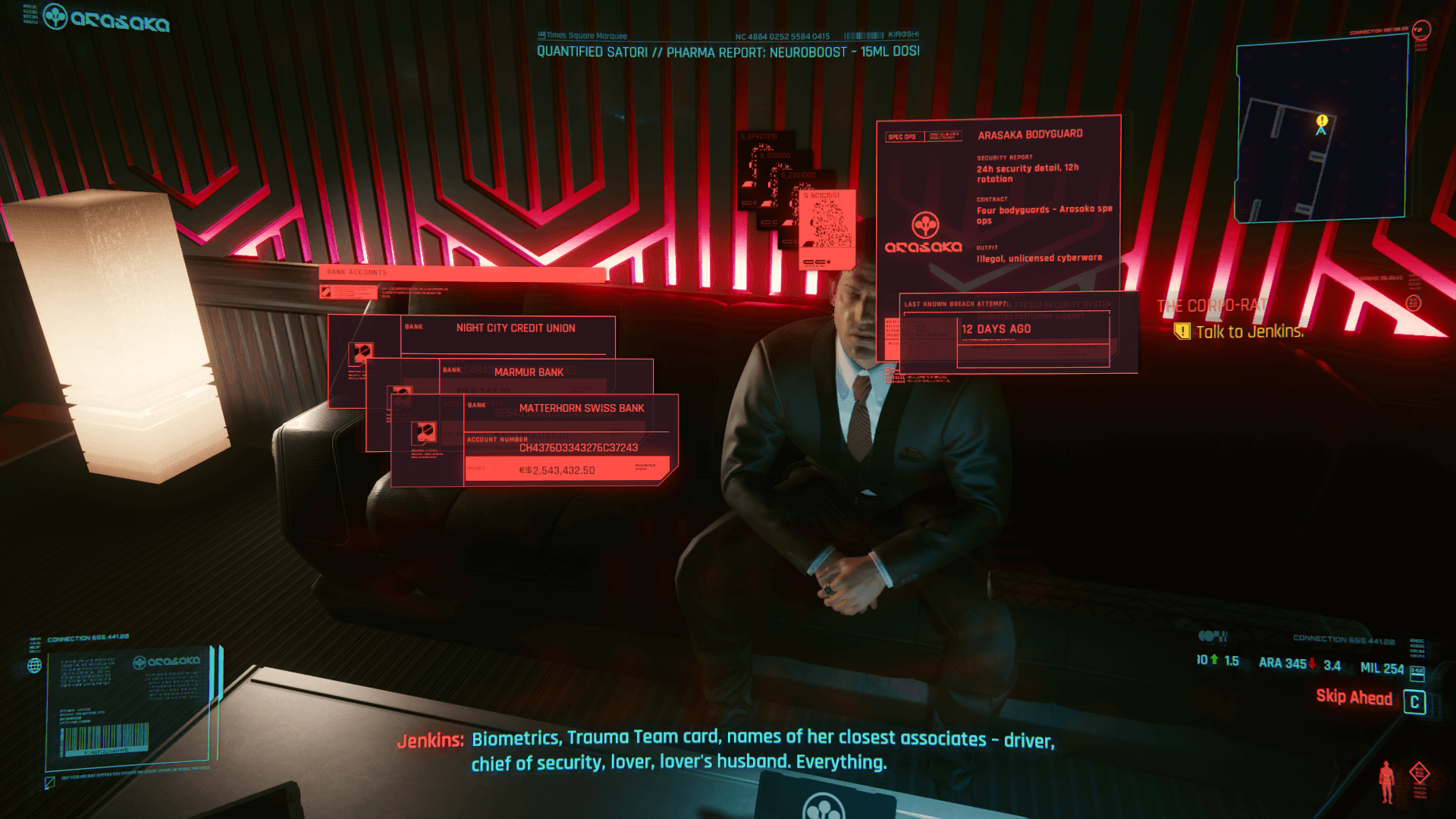
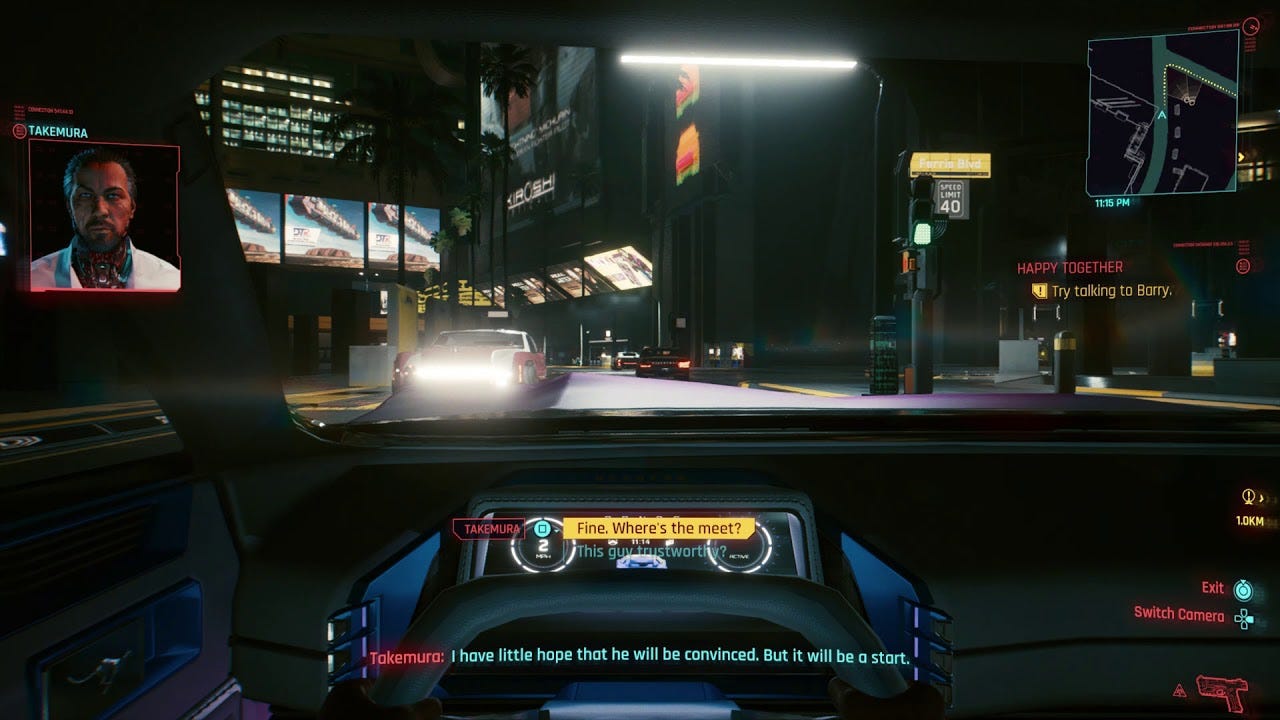
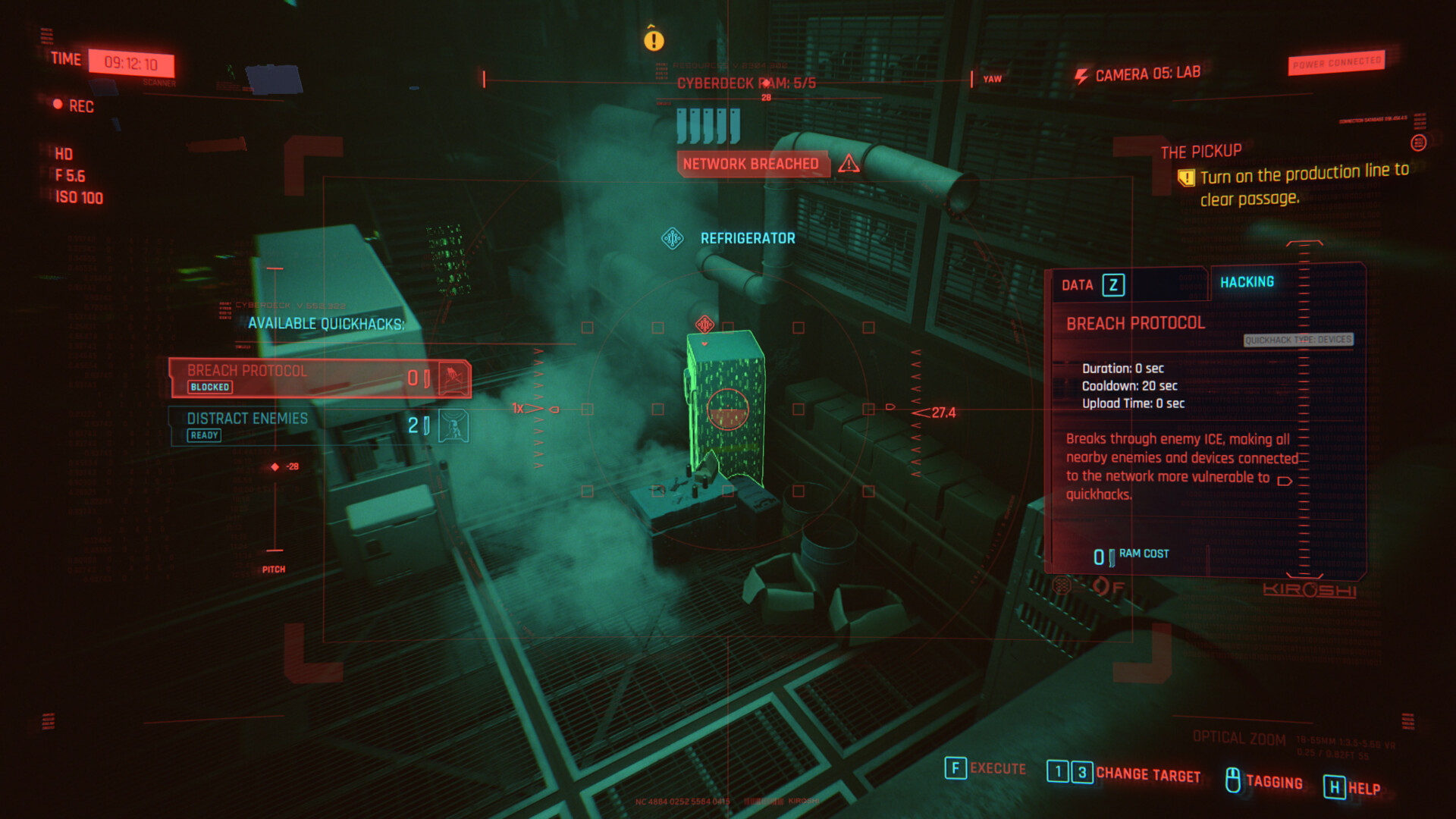
Augmented Reality (AR) Overlays in Gaming
"Cyberpunk 2077" uses AR overlays to offer a dynamic way of interacting with the environment and NPCs. Navigation paths, object highlights, and digital advertisements in the cityscape not only enrich the visual experience but also serve practical gameplay functions. This dual-purpose design is perfect for UX designers to study, as it combines aesthetic appeal with functional depth, offering lessons for AR applications outside gaming.
AR Scanning System: Beyond the Surface
The AR scanning system in "Cyberpunk 2077" is a quintessential tool that enriches player interaction with the game world. Players can scan environments, objects, and characters to uncover layers of information not visible to the naked eye. This system provides contextual data such as structural weaknesses, access points, and confidential information, adding depth to the gameplay by enabling strategic planning and decision-making. The potential for such a scanning system in the real world is vast, ranging from architectural engineering, where professionals could use AR to view the infrastructure of buildings in real-time, to emergency services, where first responders could identify hazards and access points before entering a scene.
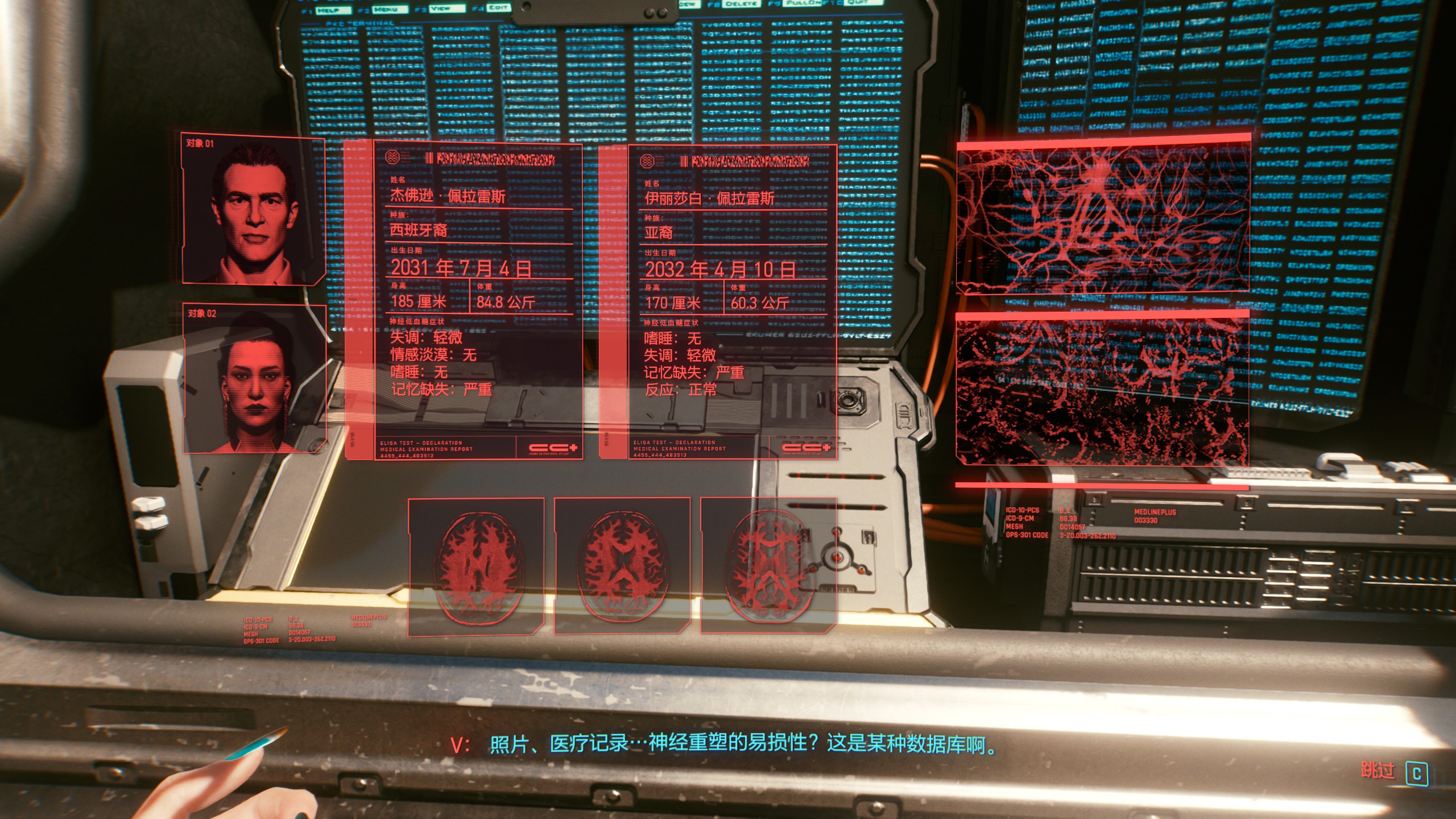
Identification and Environmental Interaction Overlay
This feature of the AR system allows players to identify NPCs and objects within the game, offering immediate access to a wealth of data, including background information, health status, and potential threats. This instant data retrieval mechanism could revolutionize various industries in the real world. For example, in healthcare, AR could provide doctors with immediate access to patient records and vital signs, significantly improving the speed and accuracy of medical care. In security settings, facial recognition could allow for quick identification checks, enhancing security measures while maintaining a seamless flow of movement in high-traffic areas.
"Cyberpunk 2077" uses AR overlays to guide players through its complex urban environment. These overlays provide navigation aids, highlight interactive elements, and even integrate context-specific advertisements into the cityscape. Such immersive environmental interaction hints at the potential for AR in urban planning and navigation, where real-time data overlays could transform how we interact with city spaces. AR could guide tourists with directional cues and information about landmarks, dynamically adjust traffic signals and signs based on real-time traffic and pedestrian data, or enhance public safety by providing citizens and law enforcement with live updates about their surroundings.
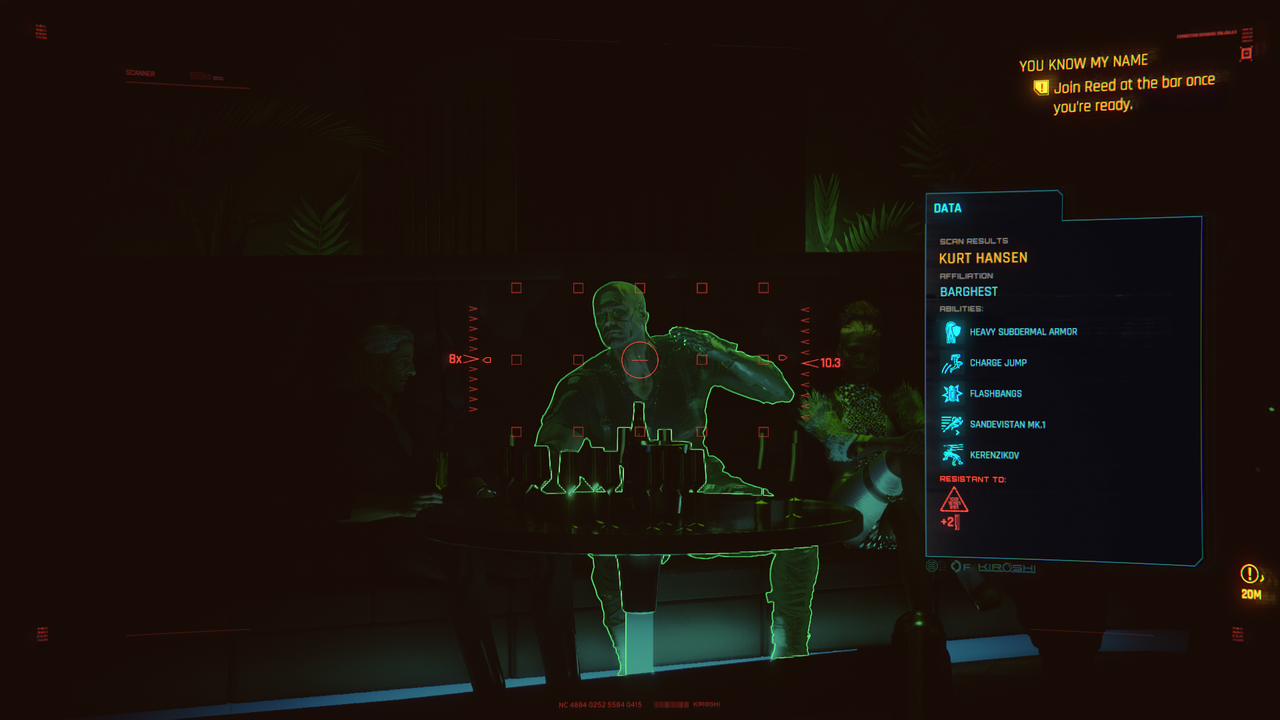
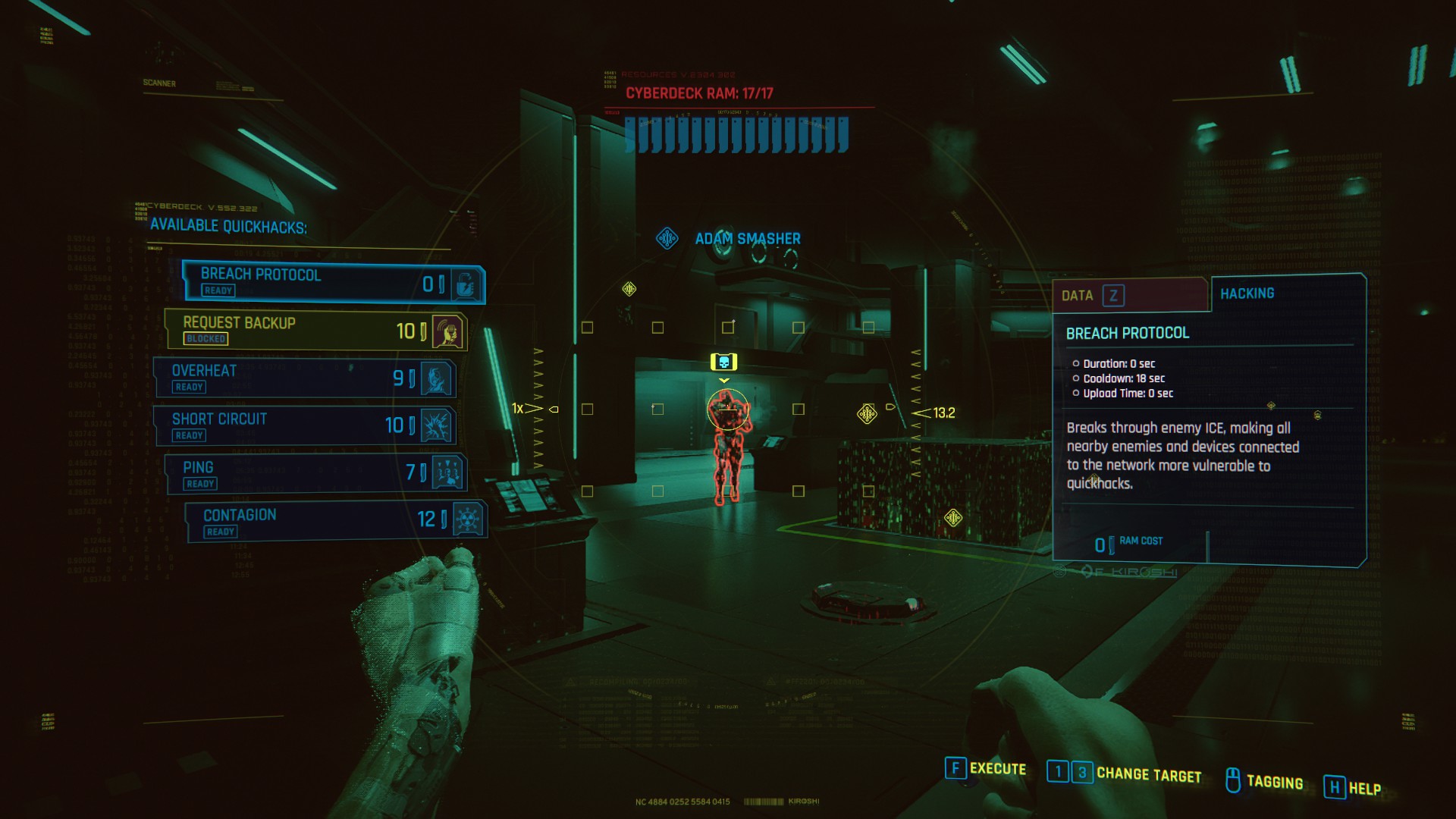

Interactive Menus and Control Systems
The game's interactive menus and control systems utilize gestural commands and responsive feedback mechanisms to create a deeply engaging experience. These systems highlight the evolving relationship between human users and digital interfaces.
The game's interactive menus and control systems utilize gestural commands and responsive feedback mechanisms to create a deeply engaging experience. These systems highlight the evolving relationship between human users and digital interfaces.
UI Design Challenges and Successes
While exploring the design of "Cyberpunk 2077", we encounter various challenges and successes that provide valuable lessons in balance, functionality, and aesthetic design in user interfaces.
Future Trends in UI Design
The continuous innovation in UI design promises exciting developments for the future of gaming and applications beyond. The integration of VR and more sophisticated AR systems are just the beginning.